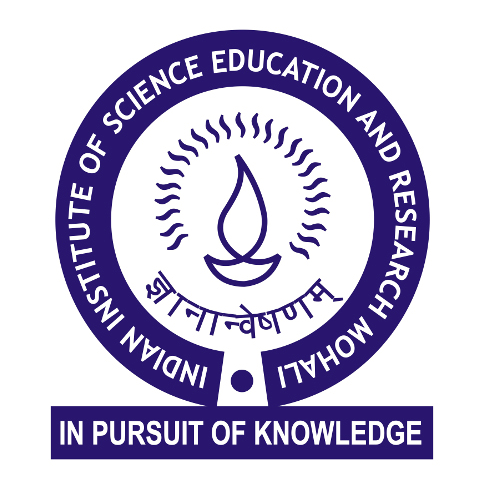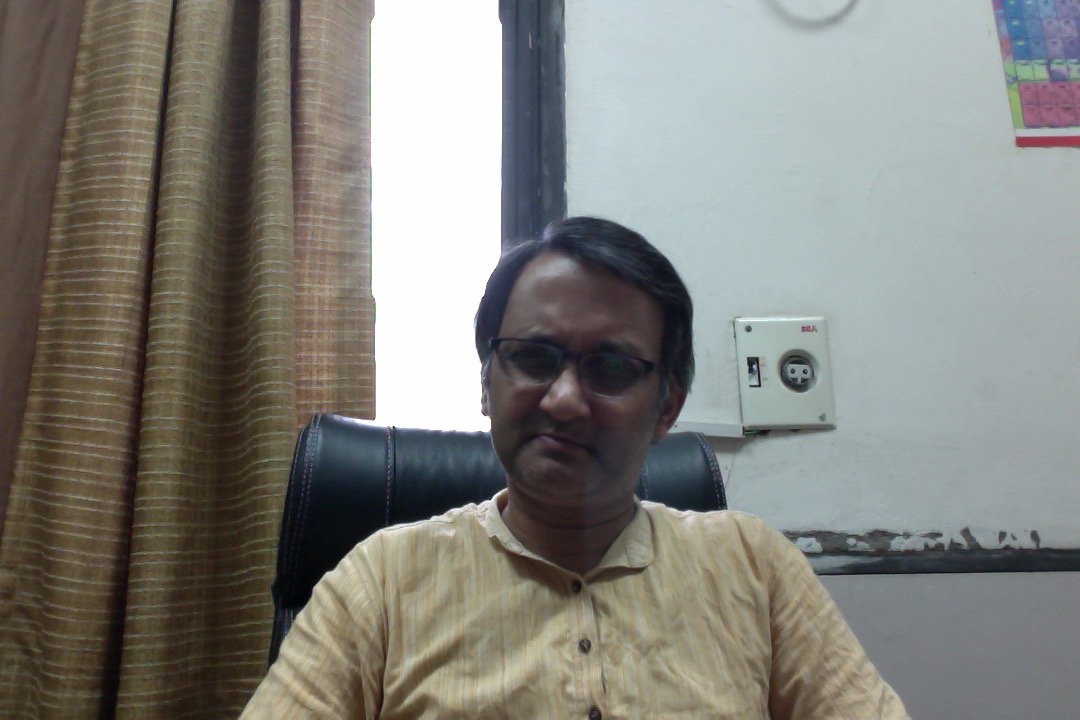Research Area
Chemical Physics and Spectroscopy
Research Interests
Solid-state nuclear magnetic resonance (SSNMR) is the application of NMR spectroscopy to systems that are solids and strongly anisotropic. With recent advancements in technology and improved understanding of nuclear spin interactions and their behaviour in static/oscillating magnetic fields, NMR spectroscopy has emerged as a powerful tool for characterising molecular structure at atomic level. In particular, the emergence of solid-state nuclear magnetic resonance (NMR) spectroscopy as an important structural tool in the fields of chemistry, physics, materials science, and biology is quite impressive. Nevertheless, SSNMR is still a developing field and methods towards complete structural characterisation are just emerging. To realise its potential, constant improvements and development of new NMR methodology (both on the theoretical and experimental front) with the available state of the art instrumentation remains vital.
Our research group here in Mohali is primarily focused on developing theoretical methods based on time-dependent quantum mechanics for both designing new solid-state NMR experiments and building models for quantifying NMR experimental data. Besides its implications in chemistry and structural biology, SSNMR also serves as a test-bed to investigate/understand some of the founding principles of quantum physics.
2007 - 2008 : Assistant Professor, IIT Roorkee
2004 - 2007 : Sponsored Research Scientist, Massachusetts Institute of Technology (MIT), USA
2001 - 2003 : Post-doctoral Research Associate, Massachusetts Institute of Technology (MIT), USA
1997 - 2001 : PhD, Indian Institute of Technology (IIT) Madras
Best Teacher Award in 2013 at IISER Mohali
Nisha Bamola, Mohit Bansal and Ramesh Ramachandran. Quantifying quadrupole effects in the NMR spectra of spin-1/2 nuclei in rotating solids. Physical Chemistry Chemical Physics 25(27):17877–17900, 2023. URL, DOI Shreyan Ganguly and Ramesh Ramachandran. A perspective on the relative merits/demerits of time-propagators based on Floquet theorem. Physical Chemistry Chemical Physics 25(43):29747–29773, 2023. URL, DOI Mohit Bansal and Ramesh Ramachandran. Theory of radio-frequency pulses on periodically driven three-level systems: challenges and perspectives. Physical Chemistry Chemical Physics 24(47):29092–29111, 2022. URL, DOI Rajat Garg and Ramesh Ramachandran. Theory of coherent averaging in magnetic resonance using effective Hamiltonians. The Journal of Chemical Physics 153(3), 2020. URL, DOI Shreyan Ganguly, Rajat Garg and Ramesh Ramachandran. On the equivalence between different averaging schemes in magnetic resonance. The Journal of Chemical Physics 153(9), 2020. URL, DOI Vinay Ganapathy and Ramesh Ramachandran. Effective Floquet Hamiltonian theory of multiple-quantum NMR in anisotropic solids involving quadrupolar spins: Challenges and Perspectives. The Journal of Chemical Physics 147(14):144202, 2017. URL, DOI Uppala SivaRanjan and Ramesh Ramachandran. Unraveling multi-spin effects in rotational resonance nuclear magnetic resonance using effective reduced density matrix theory. The Journal of Chemical Physics 140(5):054101, 2014. URL, DOI Ramesh Ramachandran and Robert G Griffin. Multipole-multimode Floquet theory in nuclear magnetic resonance. The Journal of Chemical Physics 122(16):164502, 2005. URL, DOI R Ramesh and Mangala Sunder Krishnan. Effective Hamiltonians in Floquet theory of magic angle spinning using van Vleck transformation. The Journal of Chemical Physics 114(14):5967-5973, 2001. URL, DOI






